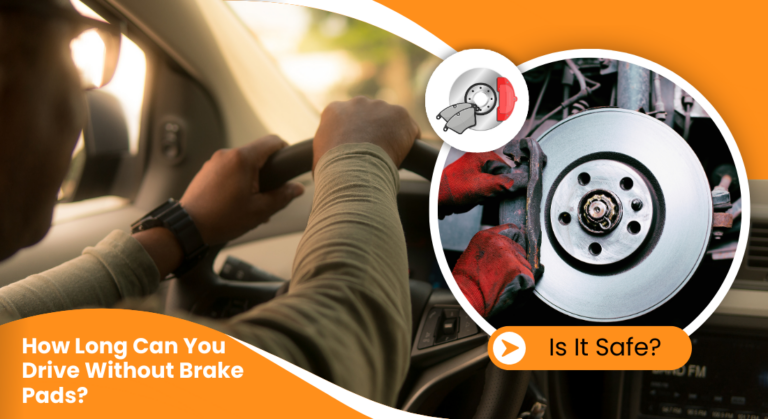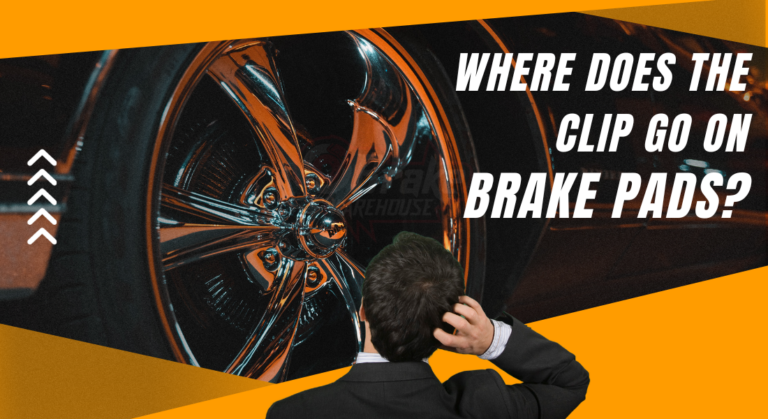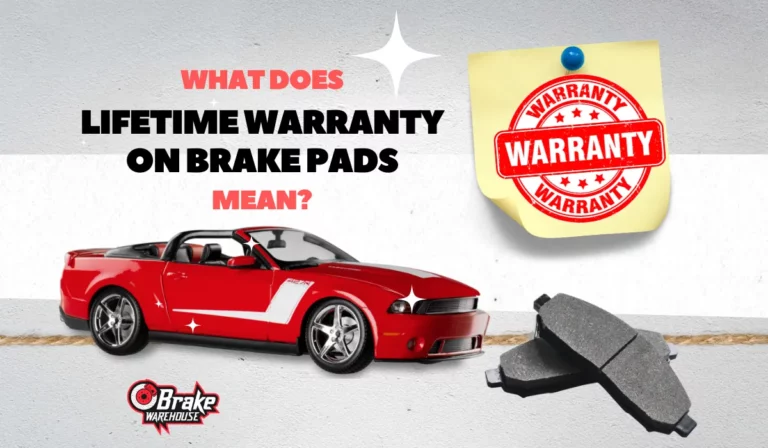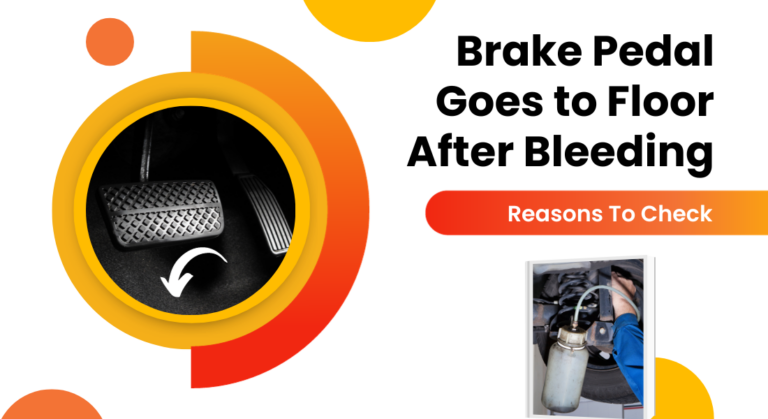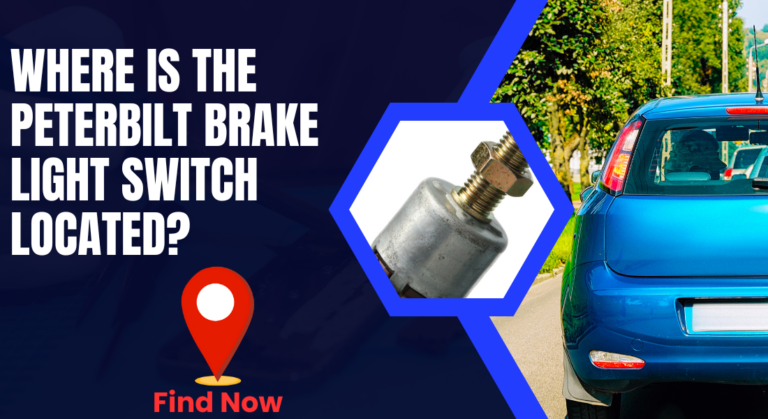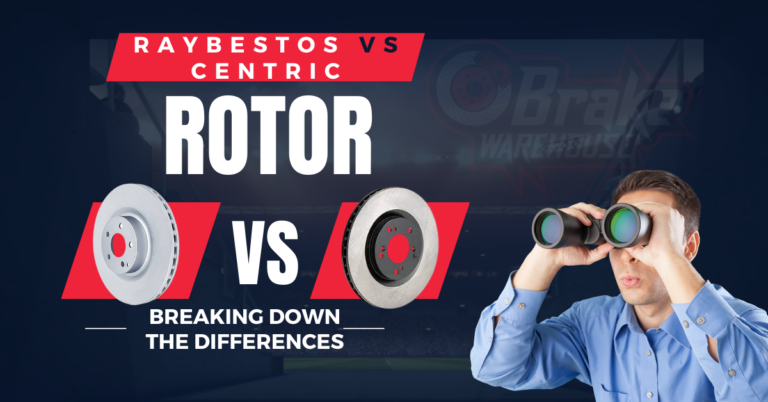Brake Lamp Bulb Fault – 5 Reasons To Check
The most common underlying reason for brake lamp bulb fault often streams from broken filament or burn-out light. Occasionally, the bulb may be slightly loose. In addition, blown fuse, bad electrical connection, and faulty brake light switch can contribute to the problem.
Brake lamp bulb light plays a crucial role in showing your intentions to other motorists if you intend to stop or slow it down. As long as the bulb is working perfectly. It ensures proper communication. However, if it’s not illuminating, stop driving and find the root cause.
No worries, let’s find out the details; what you can do and how much the cost involves.

Brake Lamp Bulb Fault – Causes and Fixes
No wonder that you must be worried just like anyone else would as soon as the Brake Lamp bulb Fault appears. It might happen anytime you are on the road.
Since it plays an essential role in your safety and it may be a violation of road safety law, one must act soon to fix the issue. Let’s find out some basic reasons behind the faulty brake lamp, so you can fix it all by yourself.
1. Bulb is Slightly Loose

Loose bulbs might be the most basic and overlooked reasons why it is not working. It is obvious that once your car gets old as do its components, or simply, you might have a long ride on bumpy roads with debris and concrete.
These might make the bulb or its associated components loose ,attributing to the problem. Also, you might have just replaced the faulty light, and failed to carry it out properly.
If so, these are one of the most likely reasons. Simply by reinstalling and tightening things properly could fix the problem.
2. Filament is broken or Burnt out

Obviously the most likely reason the lamp bulb is not working is broken filament. Sometimes inrush current magnitude is higher or simply filament gets old and weak overtime.
Whatever the case, if your bulb is not illuminating, you must check the bulb first, probably inspect its filament.
If it is broken, replace the bulb, if the bulb is fine, you may have to find some other explanation for the issue.
3. Electricity is Not reaching to the Light

Well, if the filament is fine and strong that means no issue with the bulb. Why is it not illuminating then?
Is electricity coming to the light properly?
If there is no electricity coming, the problem lies in one of the following elements.
- Blown Fuse
- Bad Electrical Connections
Check the manual and locate the fuse box and for blown fuse, replace it accordingly.
After replacing the fuse, the bulb holder must receive the necessary electricity to illuminate. Make sure to replace the fuse with the exact fuse with the same amperage.
Now if the issue lies on electrical wiring, you probably need an expert hand, since it requires inspecting several places. Two important places to check are the bulb holder and connector to the bulb holder.
These places might get dirty and eroded and cause the issue. Also check the line that runs through the car body to the tailgate.
Here the wire might get weak and twisted over time, impairing its ability to send the necessary electricity to the bulb.
4. Faulty Brake Light Switch and Connector

If the respective fuse and the bulb are fine, the next most likely reason is faulty brake light switch. It is located above the brake pedal and is activated once you press the pedal.
Mechanic might remove the cover of the pedal and check the electrical impulse and see if the electricity is coming to the switch.
If the problem lies on the connector, input might be going to the switch but none coming out . In any scenario, replacing the switch is what you need to do.
5. Trailer Connector is Damaged

If there is a trailer connector in your car, it might be exposed to harsh weather. Rust accumulates and damages connectors. If you often experience blown fuse events, probably the trailer connector is the main culprit.
Sometimes, cleaning the connection including the cable solves the issue. On the other hand, replacing them completely is always the best idea.
So these are the basic components involved. Unfortunately, if everything is fine like the bulb is okay and switch and electric wear are fine, there may be underlying issues.
Read More: New Brake Pads Tight On Rotor – How To Fix?
What Is The Ideal Time To Replace A Brake Lamp Bulb?
As stated, the most likely reason for the fault is that the bulb itself blew out. If you want to avoid the consequences of sudden brake lamp fault issues, replace it once every 4 years, which of course depends on the style of bulb and usage.
For some cars, bulb replacements may be required once every 1 year. At the same time, check its associated components and wiring.
Can I Replace The Faulty Brake Bulb By Myself?
Replacing the bulb is a DIY project. However, if the underlying cause lies in electrical complexion, novices without previous experience in fixing things may find it difficult to get the underlying cause.
On the other hand, replacing a bulb only requires you to do the the following:
- Remove the Tail lamp Assembly
- Remove the brake lamp bulb socket from the housing
- Remove the Bulb from the socket
- Reinstall the assembly.
Here you need to know that for LED brakes, you may have to replace the complete assembly.
What Are The Costs Involved To Fix A Faulty Brake Lamp Bulb?
Fortunately the cost of replacing the bulb is minimal. Especially if you carry out the job, the only cost involved is the cost of the bulb. Take a look at the table below to get the precise idea:
| Criteria | Cost |
| Cost of Bulb | $5 – $10 |
| Cost of labor | $40 to $50 |
| Cost of replacing Fuse if necessary | $5 to $10 |
| Brake light switch | More than $30 |
FAQs About Brake Lamp Bulb Fault and Solution
What’s a Brake Lamp Bulb Fault?
It’s like when your brake light’s saying, “I’m not feeling it.” It means there’s a hiccup somewhere that’s stopping your brake lights from shining bright when you hit the brakes.
Why did my brake light stop working?
Could be a few things: a tired bulb that needs a nap (aka it’s burnt out), a fuse that blew its top, or some wires that aren’t talking to each other right.
Is it cool to drive with a brake lamp fault?
No, not really. It’s like riding a bike with no bell. You gotta let others know you’re stopping, or it’s crash city.
How do I fix a brake lamp bulb fault?
Start with the easy stuff: check the bulb and fuse. If they’re all good, it might be time to call in a pro to look at the wiring or the brake switch.
Final Thoughts
Alright, wrapping it up: Brake Lamp Bulb Faults are like little red flags for your car’s safety. They’re your car’s way of saying, “Hey, I need a little help here!”
Remember, keeping those brake lights in check is not just about avoiding a ticket; it’s about making sure you and everyone else on the road stay safe.
So, treat your car like a buddy—give it the attention it needs, and it’ll take care of you on the road. Drive safe!

Meet Zayan, the mechanical genius behind the highly acclaimed brakes problems and solutions website. With over a decade of hands-on experience in the automotive industry, Zayan has become a trusted authority in the realm of brake systems.
His passion for cars, coupled with his expertise in solving complex brake-related issues, has earned him a devoted following of car enthusiasts, mechanics, and everyday drivers seeking reliable guidance.

